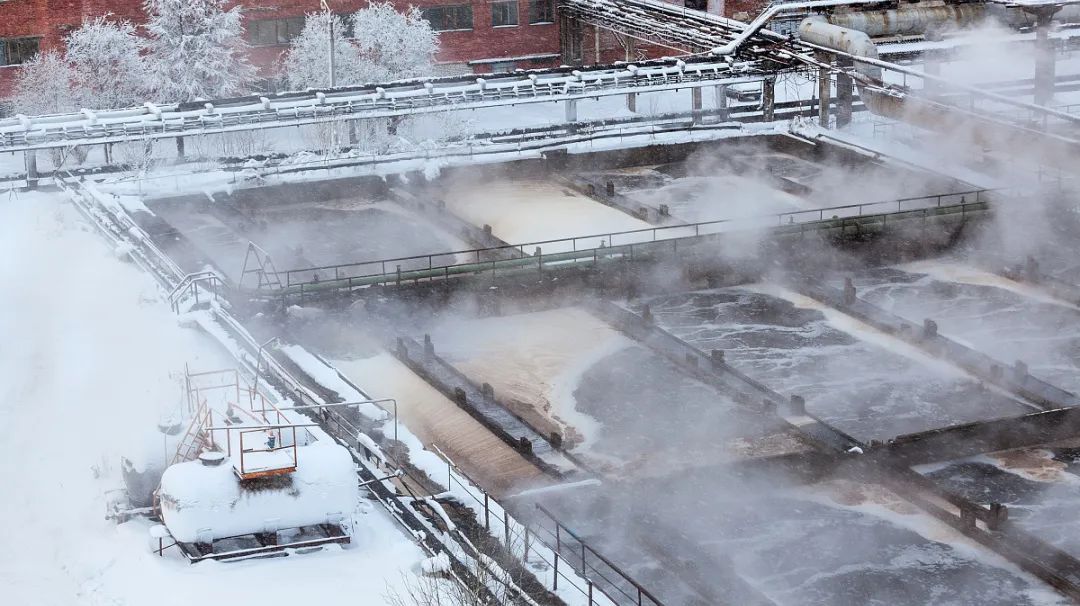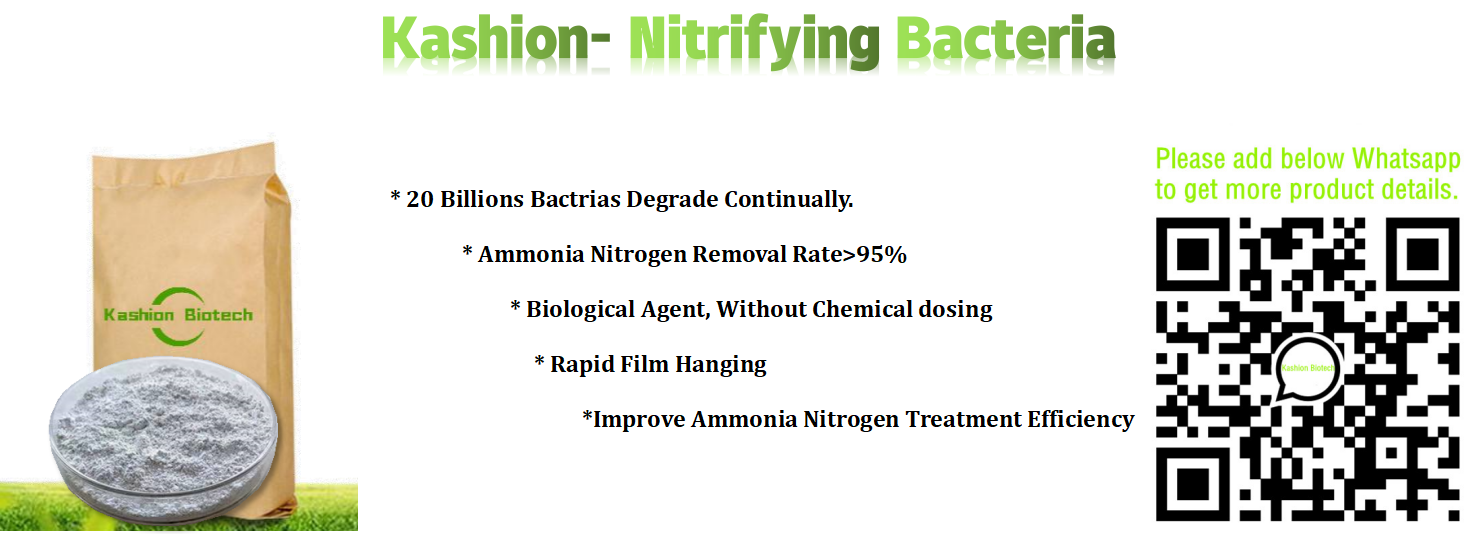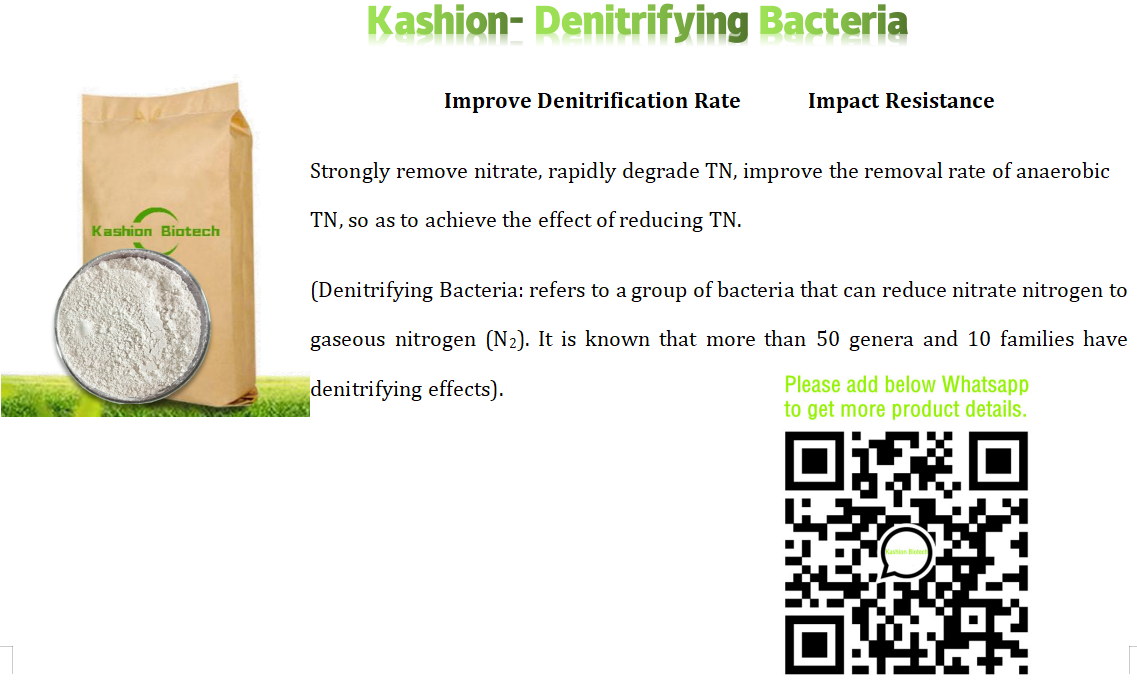
Home CERTIFICATES Winter is coming, how to solve the conti…
Biological denitrification is sensitive to environmental conditions and is easily affected by temperature changes. The normal growth temperature of most microorganisms is 20~35 ℃. Low temperature will affect the activity of enzymes in microbial cells. Within a certain temperature range, the microbial activity will be reduced by a factor of 1 for every 10 ℃ temperature reduction, thus reducing the sewage treatment effect. After the process is put into operation, due to the alternation of the four seasons and the geographical location, it is difficult to maintain a suitable temperature without manual control. Temperature control will consume a lot of energy.

1、 Effect of low temperature on nitrification and denitrification
Temperature is an important environmental condition that affects the growth and metabolism of bacteria. The normal growth temperature of most microorganisms is 20~35 ℃. Temperature mainly affects the growth and metabolic rate of microorganisms by affecting the activity of some enzymes in microbial cells, and then affects the sludge yield, pollutant removal efficiency and rate; Temperature also affects the pollutant degradation path, the formation of intermediate products, the solubility of various substances in solution, and possibly the gas production and composition.
Low temperature weakens the fluidity of cytoplasm in microbiota, thereby affecting metabolic processes such as material transport. It is generally believed that low temperature will lead to the decline of adsorption and sedimentation performance of activated sludge, as well as changes in microbial community. The inhibition of low temperature on microbial activity is different from the destructive effect of high temperature, and its inhibition is usually recoverable.
Nitrifying Bacteria
The biological nitrification reaction can be carried out in the temperature range of 4~45 ℃. The optimum growth temperature of ammonia oxidizing bacteria (AOB) and nitrite oxidizing bacteria (NOB) is 25~30 ℃ and 25~30 ℃ respectively.

Temperature not only affects the growth of nitrifying bacteria, but also affects the activity of nitrifying bacteria. Some studies have shown that the most suitable growth temperature for nitrobacteria is 25~30 ℃. When the temperature is less than 15 ℃, the nitrification rate decreases significantly, and the activity of nitrobacteria also decreases significantly. When the temperature is less than 5 ℃, the life activity of nitrobacteria almost stops. A large number of studies have shown that nitrification is seriously affected by temperature, especially temperature shock. When the temperature rises from 12.5 ℃ to 40 ℃, the ammonia oxidation rate increases, but when the temperature drops to 6 ℃, the activity of nitrobacteria is very low.
Denitrifying bacteria
The optimal temperature for the growth of denitrifying bacteria is 25~35 ℃, while the temperature in winter in China is usually lower than 20 ℃. Low temperature is a limiting factor for microbial denitrification in winter. At present, the research on denitrifying bacteria mainly focuses on the improvement of nitrate removal capacity, and the research on denitrification in low concentration nitrate water under low temperature limit is still less.

2、 Measures for reaching the standard of biological nitrogen removal in winter
1. Heating
The current solutions are very limited. The commonly used measures in some northern cities in China are:
(1) The wall of aeration tank and secondary sedimentation tank shall be insulated with foam insulation board, the external brick enclosure (filled with slag, expanded perlite, etc.) structure, and the tank top shall be covered with other insulation measures;
(2) An air preheating chamber is set at one side of the blower to preheat the cold air of - 10~- 20 ℃ in winter to 5~8 ℃; The air pipeline shall be provided with pipe gallery for thermal insulation treatment.
(3) Proper heating of sludge, including return sludge;
(4) Heat the sewage entering the aeration tank with hot steam.
The current methods will increase the operation cost of sewage treatment.
2. Increase mud age/MLSS
The final performance of increasing sludge age is the increase of MLSS. Microbial proliferation is slow in winter, and the growth of nitrifying bacteria as autotrophic bacteria is more slow. Increasing sludge age can keep nitrifying bacteria within a certain range (Yan Pangzi: the purpose is to ensure that nitrifying bacteria are the dominant bacteria), and properly increase the sludge concentration MLSS, which can keep the total amount of sludge metabolic capacity stable on the premise that the bacterial metabolic capacity decreases.
3. Bioimmobilization (filler)
After immobilization, the stress resistance of microorganisms can be improved, and they can withstand changes in the external environment, thus maintaining a high activity. In addition, the retention capacity of microorganisms can be enhanced after embedding and fixation, which is expected to realize rapid startup and efficient and stable operation of the reactor.
The effect of temperature change on nitrification can be weakened by immobilization. Zhang Shuang et al. studied the removal efficiency of ammonia nitrogen by immobilized nitrifying bacteria at different temperatures. The polyvinyl alcohol boric acid embedding method was used to immobilize the nitrifying sludge containing cold resistant bacteria enriched and cultured at room temperature for the treatment of domestic sewage at room temperature and low temperature. The results showed that the immobilized nitrifying bacteria showed high nitrification efficiency (>80%) even at low temperature.
Some scholars also carried out research on nitrogen removal by immobilized denitrifying bacteria. The results showed that the immobilized denitrifying bacteria improved their adaptability to temperature, and their tolerance to high concentration of ammonium ions and low temperature increased.
Immobilization is an effective technical means, but it will also reduce the microbial activity. After immobilization, the mass transfer resistance will increase, especially the oxygen mass transfer resistance. Immobilization can play its advantages under anaerobic conditions. In addition, its cost is subject to technical and economic evaluation.
4. Domestication
Domestication is an ancient breeding method that artificially treats a certain microbial population in a specific environmental condition for a long time, and at the same time continuously transplants and propagates them to accumulate and select appropriate spontaneous mutants. The domestication of microorganisms is an important measure for nitrogen removal process to be applied to low temperature environment, so that the enzyme in the microorganism and the lipid composition of the cell membrane can adapt to the low temperature environment and play a role under the low temperature conditions.
A large number of studies have shown that the low temperature denitrification process can achieve stable operation through appropriate acclimation strategies and a certain acclimation time. If the operating temperature of AOB is directly reduced from 30 ℃ to 5 ℃, it will lead to its deactivation. Gradually reduce the operating temperature, AOB can adjust the type of fatty acids in the cell membrane so that it is not easy to freeze under low temperature conditions.

Name: Nicole Yu
Mobile:+86 17718148007
Tel:+86 17718148007
Whatsapp:8617718148007
Email:sales@kashionbiotech.com
Add:No.6, Zhanxi Road, Yaohai District, Hefei City, Anhui Province, China.